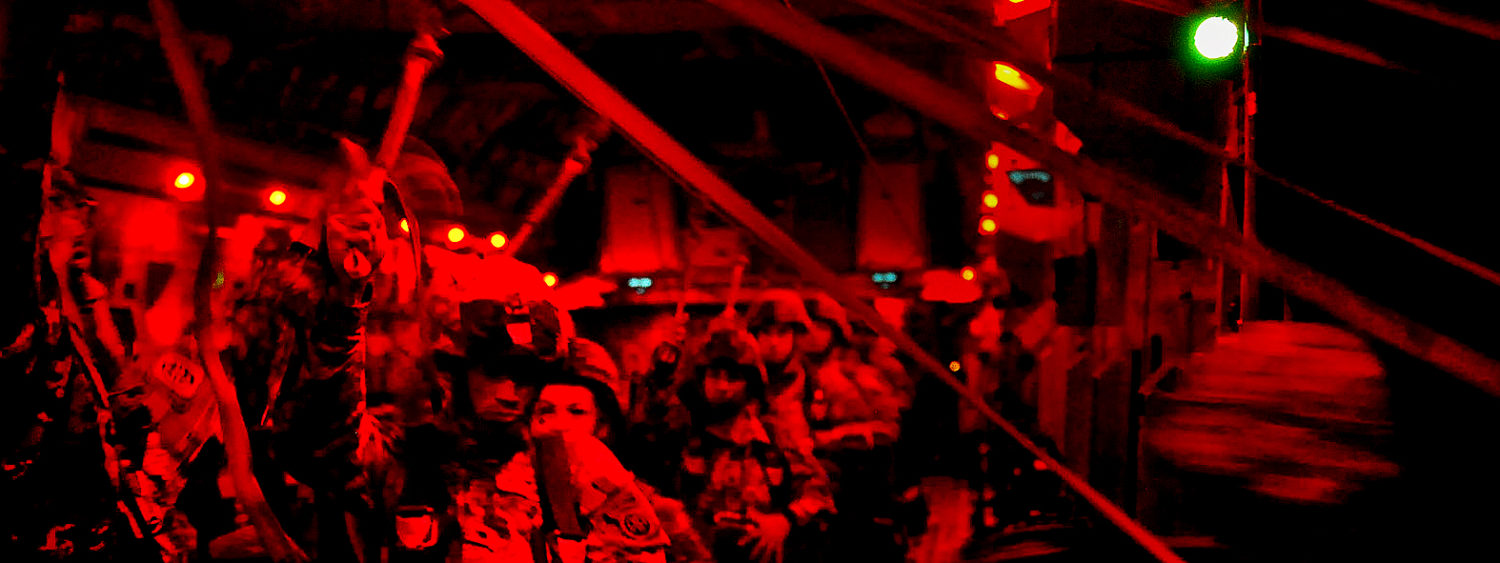TLDR is a popular culture acronym standing for Too Long; Didn’t Read. Urban Dictionary says it is a “frequently used by […] people in Internet Forums [whose] urge to type exceeds their ability to read…” A few weeks ago we published an Excel tool to aid troop and squadron-level leaders in logistics planning. CAVLOG, posted to The Rucksack, received a lot of attention on Social Media page via The Company Leader, Doctrine Man, and Army Leader Exchange. We appreciated and were humbled by the volume of interest and engagement. Some of it was praise. Other comments provided constructive feedback. And then some commentary fell into the realm of clear “TLDR.” Below, we hope to clear-up a few things about CAVLOG.




